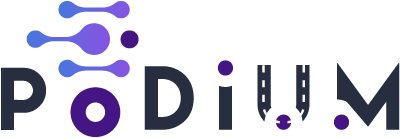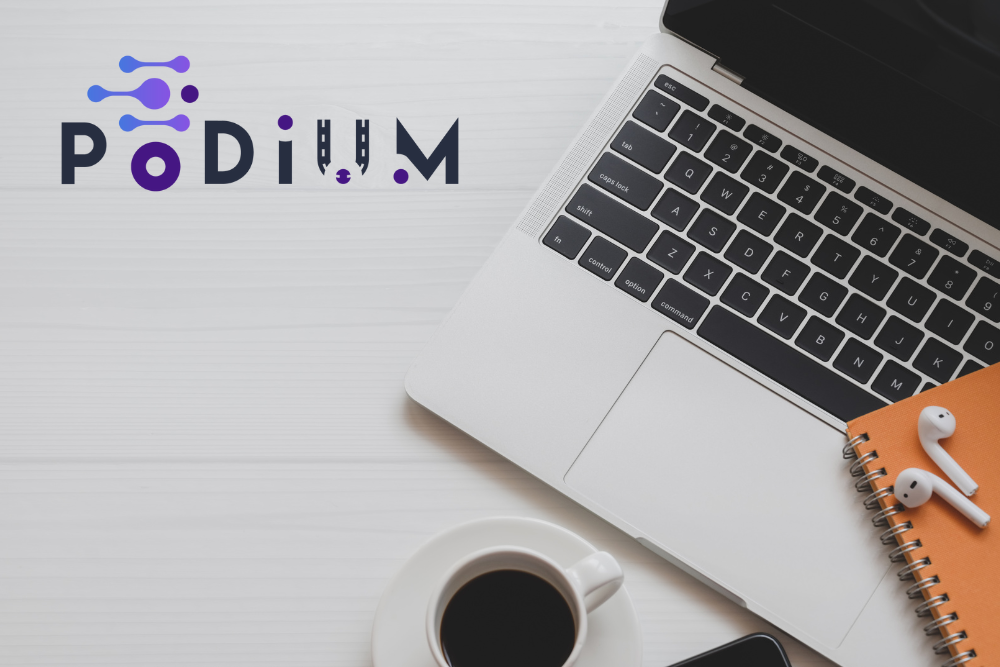On 30 November, PoDIUM hosted its first online webinar. Focusing on the project’s High-level Platform Architecture, which will form the basis of the technical developments in the project’s Living Labs, the webinar provided a comprehensive overview of its different aspects and functionalities.

Lazaros Gkatzikis (ICCS), PoDIUM Project Coordinator, opened the webinar with a presentation of the project and its objective of advancing the development of Connected Cooperative & Automated Mobility (CCAM) in real traffic conditions, and the use cases that will be demonstrated in the three Living Labs located in Germany, Spain, and Italy.
Michael Buchholz (Ulm University) took the virtual stage to present the PoDIUM platform architecture. He highlighted the main characteristics of the architecture platform, including a hybrid data management system, multi-connectivity, integration of vulnerable road users (VRUs), digital twin, cooperative services, and software integrity and trust mechanisms. He also introduced the communication architecture, the functional blocks of the platform, the data flow architecture, the flexible IT environment architecture, the software integrity architecture, and the data truthfulness architecture used for data validation.
Amr Rizk (University of Duisburg-Essen) delved into the characteristics of the communication view of the platform, describing the levels of communication, including the local road level and the cloud/edge level, communication technologies, such as cellular networks, ad-hoc wireless networks, and/or wired communication, and types of communication. The project demonstrations will use multiple technologies, ensuring improved reliability and latency.
Jorge Suárez (ETRA I+D) brought the functional view and data flow into focus during his presentation. He explained the interactions between the different functions and characteristics of the platform that will be used in the PoDIUM use cases based on their requirements to facilitate the exchange of data.
Finally, Guido Gavilanes (LINKS Foundation) addressed the question of data truthfulness and software integrity of the architecture platform to make sure that the connected and automated vehicles and algorithms can rely on the data from the physical and digital infrastructure. He gave an overview of the trusted computing strategy used to ensure trust in the devices and the remote attestation framework that enables the verification of the integrity of the software running on a device, and how this will be applied in PoDIUM.
If you missed the webinar, you can watch the recording below and have a look at the presentations:
- Short Introduction to the project – Lazaros Gkatzikis
- The PoDIUM Platform Architecture – Michael Buchholz
- PoDIUM Communication View – Amr Rizk
- Functional view, Data flow and Storage – Jorge Suárez
- Data truthfulness & Software integrity – Guido Gavilanes
- Q&A session

